
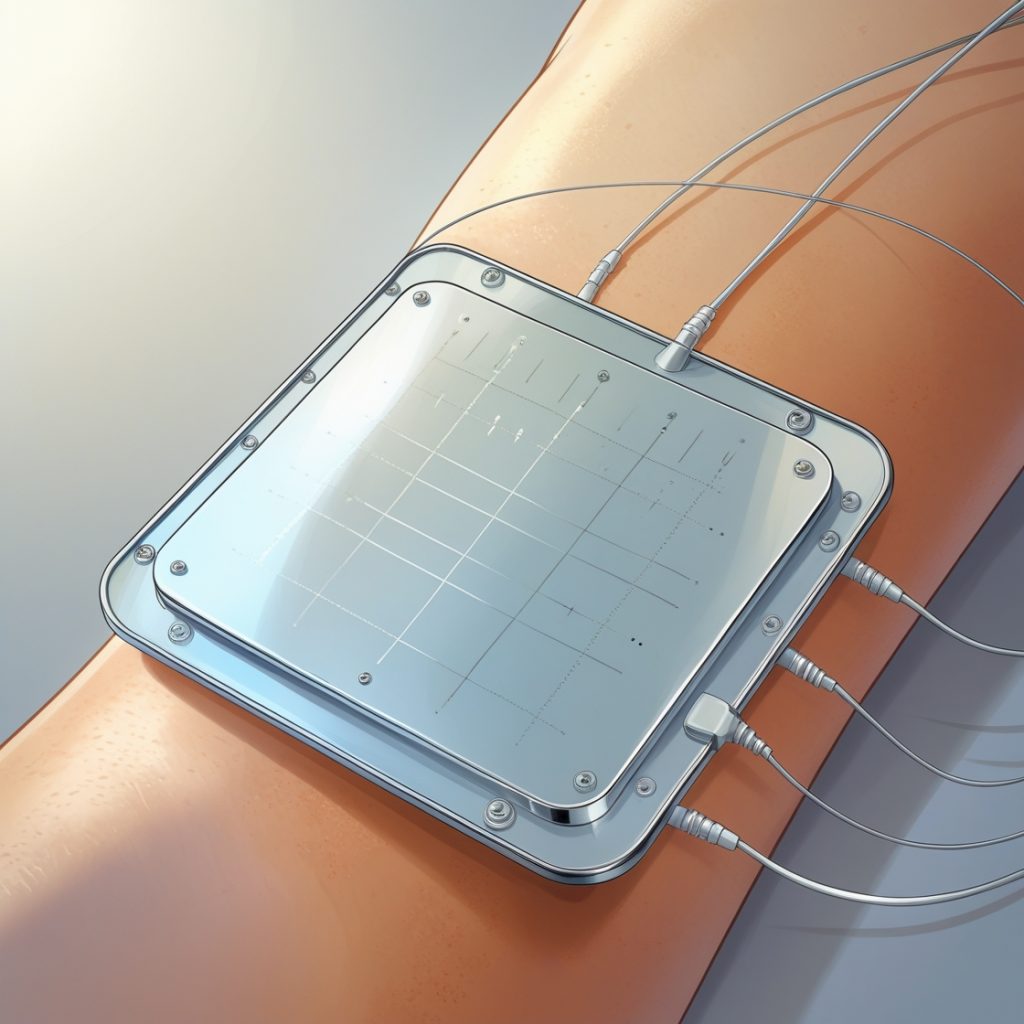
Electrochemical impedance spectroscopy (EIS) continues to prove its value in biomedical research by offering detailed electrical characterization of biological tissues and devices. The recent publication “Development of an Add-On Electrode for Non-Invasive Monitoring in Bioreactor Cultures and Medical Devices” showcases how innovative electrode designs combined with advanced impedance measurement techniques can improve real-time monitoring in dynamic bioreactor environments. This study leverages Sciospec’s ISX-3 Impedance Analyzer, underscoring the relevance of our technology in addressing complex biological measurement challenges.
*Choi, J. Development of an Add-On Electrode for Non-Invasive Monitoring in Bioreactor Cultures and Medical Devices. Julius-Maximilians-Universität Würzburg (2024). https://opus.bibliothek.uni-wuerzburg.de/frontdoor/index/index/docId/35823
Culturing barrier tissues such as endothelial and epithelial layers in bioreactors provides valuable models for drug transport and tissue integrity studies. However, conventional electrical resistance measurement methods often struggle to deliver accurate data in systems with fluid flow and dynamic conditions.
The research focused on developing titanium nitride (TiN)-coated electrodes that could be adapted for different bioreactor types, enabling non-invasive, continuous monitoring of tissue barrier integrity. Using these electrodes, researchers successfully tracked changes in blood-brain barrier models and intestinal cell cultures under flow conditions, opening doors for more reliable and versatile biological testing platforms.
🔍 Want to know more about dynamic tissue models? Keep Reading or take a shortcut and ask us directly to discuss your use case.
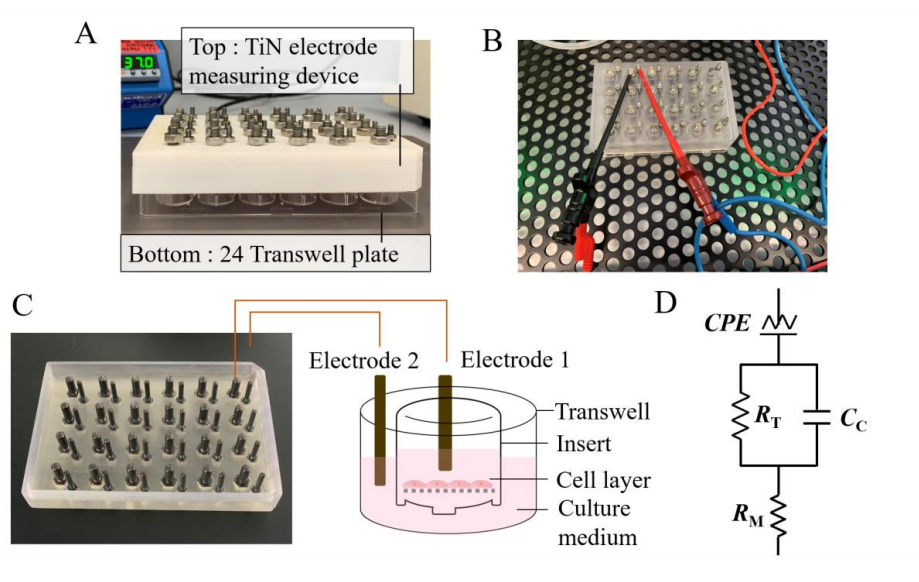
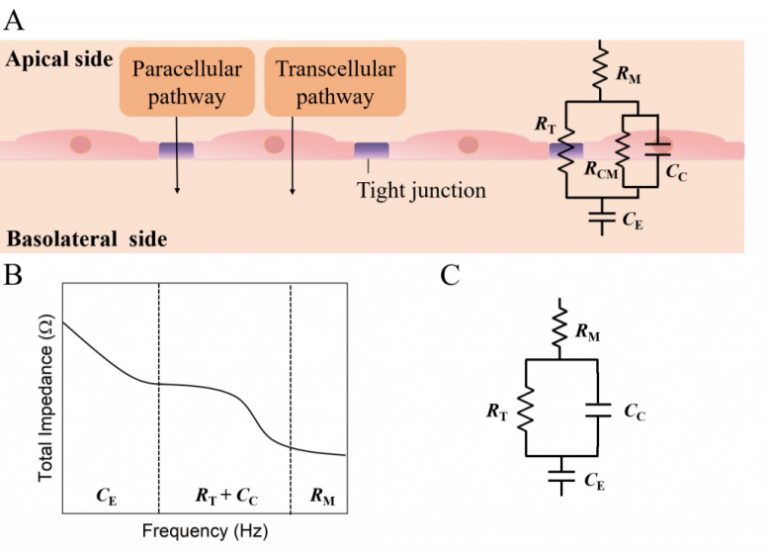
At the core of this study’s success is the use of Sciospec’s ISX-3 Impedance Analyzer, which allows multi-frequency impedance measurements across a broad range. Unlike single-frequency techniques, this approach captures both resistive and capacitive properties of cell layers, offering deeper insights into barrier function and cell health.
The ISX-3 helped validate electrode performance by measuring impedance stability during experiments ensuring consistent electrode-tissue contact and high-quality data. This non-destructive measurement method enables long-term monitoring without disrupting the cultured tissues, a key benefit for ongoing bioreactor experiments.
🔍 Looking for more answers ? Check out our detailed FAQ section further down to see how the ISX-3 adapts to complex bioreactor setups
Sciospec’s ISX-3 Impedance Analyzer provides a comprehensive toolset tailored for complex biological impedance measurements:
These capabilities simplify complex experimental setups and improve reliability, Enabling researchers to gather meaningful data from bioreactor cultures and medical devices.
📚 Explore how the ISX-3 facilitates advanced bioimpedance research

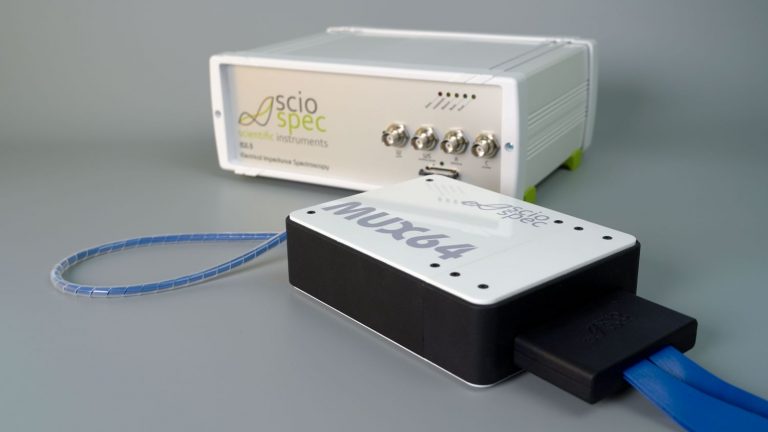
The ISX-3 is designed to grow with your research needs. By adding multiplexers, the system can scale from single-channel to 32 or 64-channel configurations, supporting simultaneous monitoring of multiple bioreactor samples or sensor arrays.
This scalability enhances throughput and efficiency, which is essential for large-scale studies or screening applications, without compromising measurement quality.
📈 Discover how integrating multiplexers can enhance throughput and efficiency in impedance-based analytics. Explore multiplexing options for the ISX-3
Research Tools with Medical Safety Features for Regulated Environments
This study highlights the benefits of combining innovative electrode materials with advanced impedance measurement technology for real-time, non-invasive biological monitoring. Sciospec’s ISX-3 Impedance Analyzer offers a reliable, scalable platform well-suited for these applications, helping researchers achieve precise and comprehensive data.
For researchers interested in instrumentation with medical research compliance features, we also offer specialized versions of the ISX-3 designed to meet rigorous regulatory and research standards.
🏥 Evaluate how the Medical Research ISX-3 can accelerate your clinical development pipeline.
🔬 See technical details and clinical use features
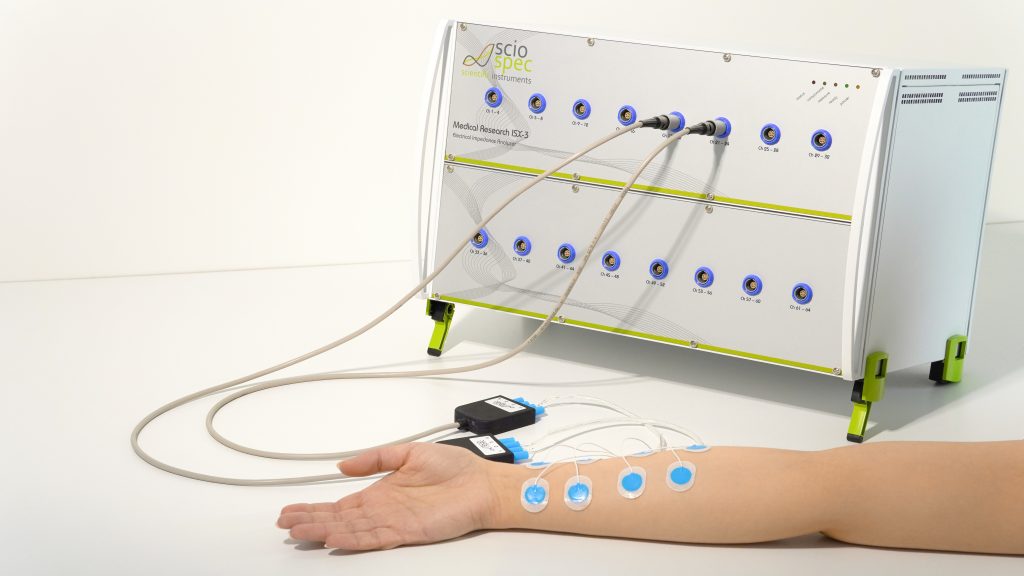

Our experts are ready to help you understanding how this technology works and how you can apply and integrate it into your work. Get in touch today to get a personalized consultation to enhance your work with our advanced solutions
Electrical impedance spectroscopy (EIS) helps monitor the integrity and behavior of tissue barriers non-invasively and in real time. Using specialized electrodes integrated into bioreactor setups, researchers can track changes in barrier function during dynamic flow conditions.
💡Sciospec’s ISX-3 impedance analyzer supports these applications by providing precise, multi-frequency impedance measurements optimized for such dynamic biological environments.
Tissue barriers, such as endothelial and epithelial layers, play vital roles in controlling the transport of molecules and maintaining physiological function. Monitoring their integrity in dynamic culture systems (like bioreactors) is crucial for drug development, disease modeling, and medical device testing.
💡Techniques like EIS, implemented with equipment such as Sciospec’s ISX-3, enable continuous, real-time assessment without disturbing the culture, offering valuable insights for biomedical research.
Electrodes measure the electrical response of cultured tissues to small alternating currents, which reflect properties like cell layer tightness and barrier integrity. In the referenced study, titanium nitride (TiN) coated electrodes were used due to their stability and biocompatibility.
💡These electrodes, connected to devices like the Sciospec ISX-3, capture detailed impedance data that researchers use to analyze tissue health and function under flow conditions.
Yes. Impedance spectroscopy can monitor changes in ionic concentrations or clotting events in fluids passing through medical devices like hemofilters. By measuring electrical impedance continuously, it can signal potential clogging or malfunction.
💡Instruments like Sciospec’s ISX-3 provide the sensitive, multi-frequency measurements needed to track these changes effectively in real time.
Biological barriers exhibit complex electrical properties that vary with frequency. Measuring impedance at multiple frequencies reveals both resistive and capacitive characteristics, offering deeper insights than single-frequency tests.
💡Tools like the Sciospec ISX-3 provide wide frequency range measurements, making them well-suited to capture these detailed properties in tissue cultures and medical research.
The integration of non-invasive, high-precision impedance technology into bioreactor systems marks a significant step forward for biomedical research. This study clearly demonstrates how Sciospec’s ISX-3 Impedance Analyzer—paired with custom TiN-coated electrodes—enables accurate, real-time monitoring of tissue barrier integrity under dynamic flow conditions.
Designed for flexibility and scalability, the ISX-3 empowers researchers to capture detailed bioelectrical data across a wide frequency range, making it ideal for applications such as blood-brain barrier models, gut-on-chip systems, and organ-on-chip platforms.
🚀 Ready to integrate EIS into your bioreactor systems with Sciospec ?
🔍 Learn more about the ISX-3 Impedance Analyzer
🤝 Contact our team to discuss your specific use case.
💡Curious for more? Check out our latest developments and products.
🧪Want to try it yourself? Contact us for more information
🚀Looking for a tailored solution? Our experts can help!
📢 Follow us on LinkedIn for more updates.
#Innovation #Sciospec #Bioreactorcultures #Tissuebarriermonitoring #Noninvasivebiomolecularanalysis #Titaniumnitride(TiN)electrodes
explore by relevant keywords
…or just browse our most recent posts: